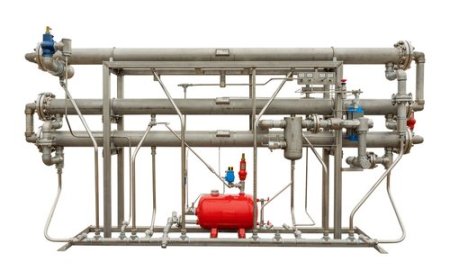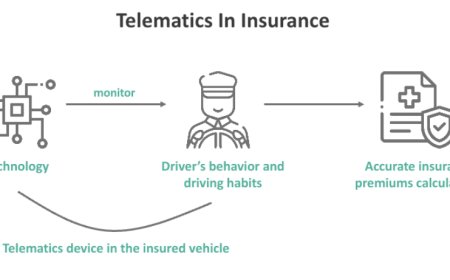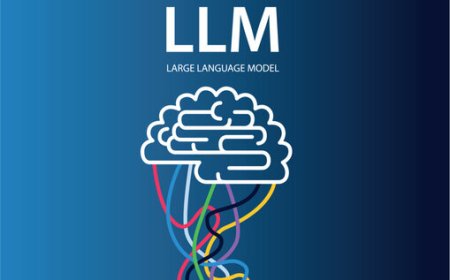Spotting High-Probability EUR/USD Entries with RSI and MACD

Perfect entry points do not appear often, but when they do, they are usually backed by more than one signal. Relying on a single indicator can work in calm markets, but in a pair as active and sensitive as EUR/USD, confirmation becomes key. That is where combining RSI and MACD comes in. Together, they provide a stronger framework for decision-making. In the world of EUR/USD trading, where speed and accuracy matter, this combination offers clarity when timing trades.
Understanding the Role of RSI
The Relative Strength Index, or RSI, is a momentum oscillator. It moves between zero and one hundred and helps traders identify when the market is overbought or oversold. When RSI climbs above seventy, it suggests that price may be overextended. When it falls below thirty, the market may be losing strength on the downside. These are not immediate buy or sell signals, but they do prompt attention. Traders often wait for price to pause or reverse near these levels before acting. In EUR/USD trading, RSI is especially useful on the one-hour or four-hour chart, where moves are more stable.
How MACD Confirms Market Direction
MACD, or Moving Average Convergence Divergence, focuses on trend momentum. It uses the relationship between two moving averages and adds a histogram to visualize momentum. A bullish signal occurs when the MACD line crosses above the signal line. A bearish crossover means downward momentum may be building. MACD is often used to confirm what traders already see forming on the chart. In EUR/USD trading, using MACD can help filter out false breakouts and add confidence to directional decisions.
When Both Indicators Align
The strongest trade setups occur when RSI and MACD tell the same story. For example, if RSI shows that the market is oversold and MACD shifts into a bullish crossover, the case for a long trade becomes stronger. These moments of alignment are not common, but they tend to produce better outcomes. In EUR/USD trading, this dual-confirmation strategy works well after consolidations or news-driven pullbacks, when the market pauses before choosing a direction.
Combining with Price Action for Context
No indicator is complete without context. RSI and MACD work best when paired with support and resistance zones or trendlines. A signal from both indicators near a key technical level increases the probability of success. Price action patterns such as pin bars, engulfing candles, or breakouts from consolidations can act as the final trigger. This approach allows traders to stay patient and only act when conditions line up. In the case of EUR/USD trading, combining tools and market structure keeps trades grounded in real-time behavior.
Choosing the Right Time Frame
Traders often make the mistake of jumping between time frames too quickly. Using RSI and MACD on the same chart time frame improves consistency. The four-hour chart provides balance between speed and reliability. Shorter time frames, like the fifteen-minute, can offer more frequent signals but also include more noise. Once a trend is identified on a higher time frame, traders can zoom in for entries. The tools remain the same, but the perspective becomes sharper and more refined.
Avoiding Common Pitfalls
Traders sometimes act too quickly on RSI or MACD signals without waiting for confirmation. Others use these tools in sideways markets, where signals become unreliable. Both indicators are most effective in trending conditions or when price is reacting to key levels. It is also important not to overcomplicate the chart. One or two well-used tools are more powerful than five that confuse the picture.
RSI and MACD are classic for a reason. They offer a blend of momentum and trend analysis that is simple to understand and powerful when combined. By using both with discipline and applying them within the right context, traders can improve their timing and avoid emotional decisions. In the fast-paced environment of EUR/USD trading, that clarity can be the difference between a quick loss and a well-executed win.











































